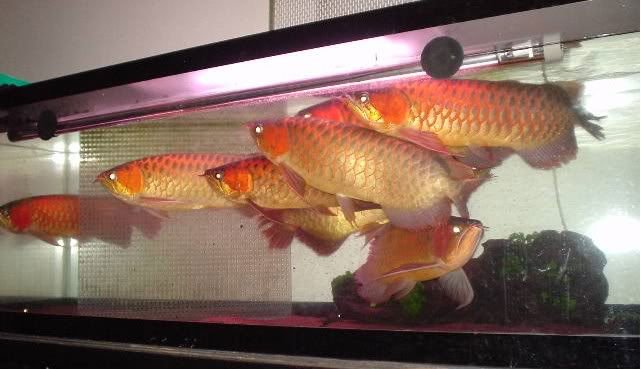Tank Size
A typical Arowana living in its natural habitat can reach up to three feet in length. However, experiments have been done to prove that dragon fishes in a manmade habitat can only reach 2.5 feet. If you were to house a fish that big, it would be suitable to provide an aquarium tank that can be big enough to let it swim freely. Its dimensions could be a foot or two longer than the actual fish. Decorations are also needed since Arowanas are irritated living in a barren aquarium.
Water Status
For a big tank, four to five gallons of water are needed to fill it up. Make its temperature a little bit warmer than the usual, because Arowanas are tropical fishes. You can track the temperature by using electronic gadgets designed to help pet lovers see the temperature of their aquariums. Another thing to note is the chemicals in the water. Tap waters have chlorine to dissolve some of the known germs living in liquids. However, it would be dangerous to expose your fish in a tank with chlorine. Use chemical agents to minimize the chlorine content of your Arowana's water.
Accompanying Fishes
The usual option in choosing what fish should accompany your golden Arowana or your silver Arowana is fish types that are bigger than your Arowana's mouth. Make sure, too, that the fishes that you will select do not have a very fast rate in swimming since it can damage the scales of your Arowana fish.
Cleaning
Replenishing the water in your aquarium should be done little by little. As recommended by expert veterinarians, for an aquarium with Arowanas, you should replace 10% to 20% only of the water in the tank. In this way, you are preventing your fish from being shocked by the sudden change in their environment. Automatic cleaning mechanisms are also fine given that they are not exposing your pet into harmful chemicals. Strong ripples in the water can also distract your pet's overall disposition, so keep your tank stationary.













